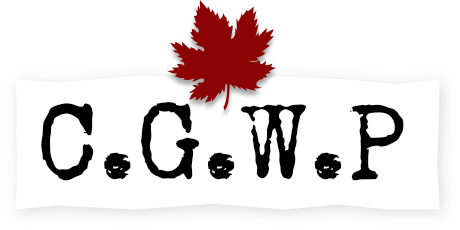
A guide to the War Diaries Viewer
The basics
The War Diaries Viewer is intended to provide an intuitive way to access the archival records of the CEF. Fundamentally, the viewer is for inspecting digital facsimiles of the original diaries of the CEF - we are currently indexing over 35,000 images housed by LAC.
The viewer's two main components are the filter (a kind of search form), and the document viewer. The filter looks and works much like any search engine, with the exception that we are implementing a 'type-ahead' mechanism to find the exact name of a unit - per LAC naming methods. Just typing a few letters of a unit name will suffice - for example, typing '15th' will produce a list of units whose names contain '15th' (including the 215th). Note that looking for 'battalion' or 'infantry' will find most of the units in the collection.
The document viewer is where the image gets displayed. When an image is in view the features here include: zoom, drag, next/previous image in list, and more. Note the toolbar on the bottom and hover over the icons to see what they do. The toolbar is only visible when an image is in view.
Keyboard shortcuts
For the keyboard power user, we provide a series of hotkeys that allow you to work with an image without using a mouse. Click the key icon to activate hotkeys. Once active (the key will turn green), you can use a combination of ctrl and another key to utilize the functionality of any button in the button bar:
- 🠉 equivalent HotKey: ctrl up (cursor)
- 🠋 equivalent HotKey: ctrl down (cursor)
- equivalent HotKey: ctrl M
- 🔍 equivalent HotKey: ctrl ➕ (+/= key)
- ⭮ equivalent HotKey: ctrl R
- 🠈 equivalent HotKey: ctrl left (cursor)
- 🠊 equivalent HotKey: ctrl right (cursor)
In-depth overview
The CEF War Diaries viewer is intended to provide a fast and focussed interface to the LAC war diaries collection. Although LAC provides excellent documentation and searchability, the application can be slow and is difficult to browse.
While this viewer was written to augment functionality on the CGWP site, it should be quite usable on its own. Given the very specific focus it has, you should find it to be an easy-to-use application. Just in case though, this documentation should cover any questions you might have.
The interface has three distinct areas: sidebar, for filtering and results; viewer, for the images; and button bar, a set of controls.
We currently have indexes for 'units'. You should note that these entities do not always correlate to what you might consider to be a regiment or unit. Given the lack of distinction, we will refer to these entities as units for the sake of clarity.
The viewer's filter mechanism differs from a Google-style search in that it demands exact naming for units. To facilitate this we utilise a type-ahead system to ensure that you get the name right. To find a unit, you should begin typing in the search field (try 'artillery', without the quotes). After you've provided 3 characters the system will begin to display matches. In the case of artillery, you'll see a list of units appear below the search field. Click on a unit name to select it. You may now search for diaries for this unit by clicking the button labelled 'filter'.
Search results are displayed immediately below the form. Depending upon the unit, there may be many dozen. To run a more precise search, you can filter by date by selecting month or year or both.
Each search result represents one month of diary entries - e.g. '10th Canadian Field Ambulance (Apr. 1916)'. Clicking the result takes you to a list of every image available for that month. Unfortunately, the lists of images are only numbered pages (e.g. 'April 1916 p.2'). They are, however, in order and you can rely on page 5 containing entries that fall chronologically before the entries on page 6. Click one of the list items to retreive and display the image in the viewer. Notice that a title for the image is displayed at the top of the viewer.
If you imagine that the viewer works like an online map, you'll be quite familiar with the functionality here. As some images will be too large to display all at once, click and drag to move the image around. Double-click the image to zoom in. The images are not terribly high resolution, but zooming can frequently be useful. Double-click again to zoom out.
You will find that the sidebar is generally in the way when viewing an image. Click the ✕ to push it out of your way. Click the ≡ to bring the sidebar back. You may also use the 'minimize panels' button - - to collapse all open panels.
The button bar at the bottom of the viewer provides some control over the display of images
- 🠉 scrolls image up - same as dragging.
- 🠋 scrolls image down - same as dragging.
- toggles visibility of panels
- 🔍 increase / reduce zoom
- ⭮ rotate image 90° clockwise
- 🠈 loads previous image in LAC page sequence - not browser history.
- 🠊 loads next image in LAC page sequence - not browser history.
- 🗗 opens current image in a new tab, without the viewer.
- 🞋 resets the view (zoom level, centring, etc.) of the current image.
- 🔑 enable / disable hotkeys - see above for more detail.
- ❓ open / close this guide